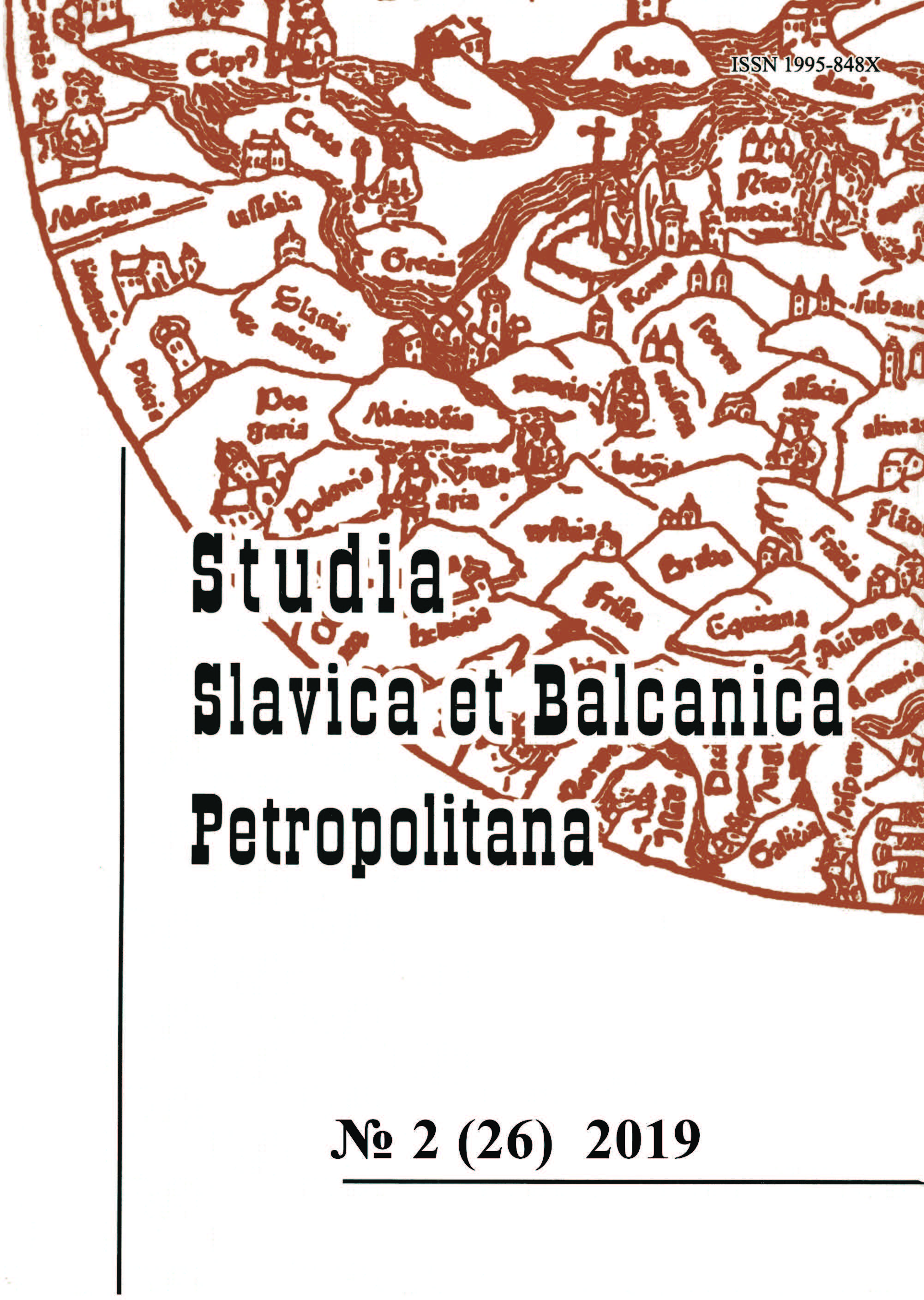Проблема становления города в Северной Руси: заметки археолога
The problem of urbanization in Northern Rus’
Author(s): Nadezhda Igorevna PlatonovaSubject(s): History, Archaeology, Cultural history, Cultural Anthropology / Ethnology
Published by: Издательство Исторического факультета СПбГУ
Keywords: Early Middle Ages; Northern Rus’; urbanization; basic concepts; archaeological data; protocities; administrative centers
Summary/Abstract: In the 1990s the idea that proximity to trade routes was the main driving force of the process of urbanization of early medieval Rus’ again became dominant in Russia. But speaking of “trade,” as applied to the Viking Age, it is easy to fall into modernization. There was no “free trade” then. In order not to be sold into slavery, the merchant had to be protected by a society with authority in international affairs. It is from this perspective that one should consider the evidence of craft and trade preserved in the layers of early urban settlements. The combination of administrative-organizational and trade-craft factors in their functional spectrum is a key problem to be developed. An important aspect of the problem of urbanization is the study of the socio-cultural and economic base on which cities grew. The process of formation of Slavic central places in the Northwest Russia, which began in the 7th – 8th centuries, was interrupted during the Viking Age. The first “proto-cities” usually appeared in new places. Even where the continuity between the “hillfort” and the “city” was really revealed, the guarantee of this was either a socio-political cataclysm, or the inclusion of this item in the zone of new influence. In itself, the development of local centers can’t be identified with urbanization. The latter meant a radical change in the structure of archaic East European societies. The beginning of movement along the military trade routes, the arrival of Arab silver to the north opened up unprecedented prospects for the implementation of the tributes and products of trade exchange collected in the north. It was then that the first “proto-cities” emerged. The materials of the earliest Ladoga indicate that the beginning of the mass marketing of craft products to the rural population occurred already at the late 8th – early 9th centuries. For example, the production of glass according to the Eastern recipe was established there for the subsequent production of beads, which were the currency in the purchase of furs. This meant that by the end of the 8th century a fairly stable supply of the necessary components of the technological process from the Middle East was established. This did not testify to individual “trade”, but to the purposeful exploitation of the adjacent territories. One can interpret such kind of central places as administrative and organizational centers of a new type. They should not be confused with either “cities” or “rural places”: this is a special phenomenon in the social culture of Early Middle Ages. Its appearance was impossible without breaking the previous hierarchy of values, authorities, sacred ties. So one shouldn’t be surprised that “smooth continuity” of old and new centers is not observed. Not tribes and ethnic composition but, first of all, social roles were changed (although an influx of paramilitary contingent from the north actually took place). Proto-cities became the epicenters of the formation of new elite and new, Old Rus’ cultural traditions, which then quickly spread to the rural area.
Journal: Петербургские славянские и балканские исследования
- Issue Year: 2019
- Issue No: 2 (26)
- Page Range: 109-134
- Page Count: 26
- Language: Russian

